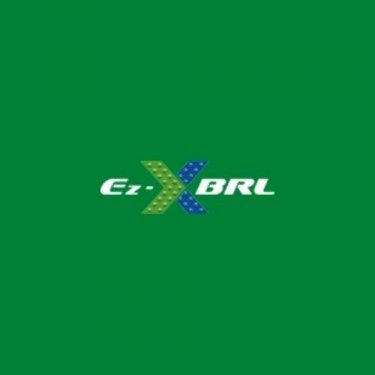The issues with tagging for Levels 3 and 4 requirements are varied but not as daunting as some experts have opined. People have bandied around estimates of over 200 hours just for detailed tagging notes (Levels 3 & 4 requirement). Their concerns are understandable but let us look closer at the pieces of the puzzle and see how they can be put together, particularly by putting to use a combination of intelligent heuristic tools and/or processes.
There are some important items to consider here. Most companies have elaborate disclosures in the form of footnotes and tables that provide details on a range of things including financials, accounting policy changes and business segment reporting. Specifically with the segment reporting, many companies provide a lot of tabular data in their footnotes. These tables vary from a simple two-dimensional structure (such as reporting revenues, expenses or profit details on the vertical axis and business segments on the horizontal axis) to 3, 4 or 5 dimensional tables. Things can get difficult when companies try to map these multi-dimensional tables to the XBRL US-GAAP taxonomy.
To start with, you need to do a detailed company profiling in advance of creating an XBRL filing. This process, I believe as most of the existing filers would have figured out by now, is most critical. The XBRL software used in the mapping process needs to be able to assist users in locating and using these multiple dimensions as well as the respective domain and its members within the taxonomy. Further, ascertaining the requirement of creating a new dimension, domain or member (a matching concept could already exist in a different part of the taxonomy) users also have to deal with the nuances of defining these concepts with pre-specified (required) attributes. Dealing with these details requires a radically different approach to mapping data to the XBRL taxonomy. An efficient and simple tool should enable users to add complex concepts such as a new Member practically on-the-fly.
Certain products provide in-place tagging in the actual document. While, in theory, this is a great feature, in practice the tagging process can break down since users still have to tag individual values and dates to separate XBRL elements. Besides, tools must generate valid XBRL to create the instance document. While the end-result can be accomplished using this method, tagging the data in paragraphs is not quite as simple as it looks.
Having gone through this exercise once, most users would like their XBRL software to have repeatability built into it for that same section of financials the next time around. The software should remember what was mapped from a previous filing so that the time for tagging the new data is shortened. If there are substantial changes to the figures and text in a subsequent quarter or year, users will need to set aside adequate time to ensure that all facts and figures are tagged properly.In conclusion, it is fair to say that tagging of footnotes can be time-consuming and you must set aside enough time and resources to thoroughly analyze your documents before starting the process. You might want to give Ez-XBRL a try and be pleasantly surprised at the powerful and simple way in which it handles a whole host of footnotes tagging issues.
Article Source : https://ez-xbrl.com/blog/detailed-footnotes-in-xbrl/





